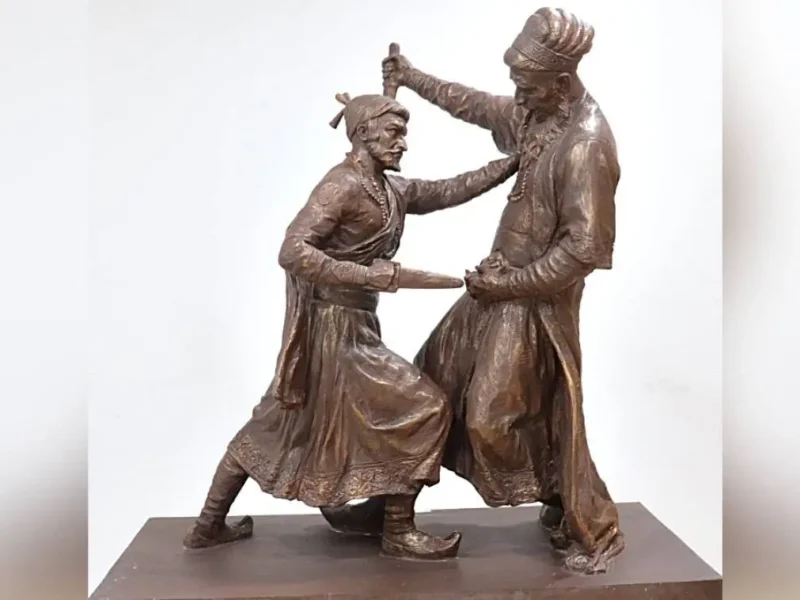
UNESCO List May Rile People, But Chola Temples Are All Time Favorites
CHENNAI, (IANS) – UNESCO declares certain properties as World Heritage Sites based on their cultural and natural heritage that is of outstanding value to humanity.
The United Nations Educational Scientific and Cultural Organization’s tagline for World Heritage Sites is, “Heritage is our legacy from the past, what we live with today, and what we pass on to future generations. Our cultural and natural heritage, are both irreplaceable sources of life and inspiration.”
A World Heritage Site must be a unique landmark that is geographically and historically identifiable and has special cultural or physical significance.
To be categorized as a UNESCO World Heritage Site, the property must be an exceptionally good example of a traditional human settlement, land use, or sea use that is representative of a culture or interaction between humans and the environment.
Being listed as a World Heritage Site can positively affect the site, its environment, and the interactions between them. A listed site gains international recognition, and legal protection and can even obtain funds which include grants from the World Heritage Fund, to facilitate its conservation.
The three Chola temples, namely the Brihadisvara Temple at Thanjavur, the Brihadisvara Temple at Gangaikondacholisvaram, and the Airavatesvara Temple at Darasuram form a unique group and demonstrate a progressive development of Chola architecture and Dravidian art at its best. They also encapsulate a very distinctive period of Chola history and Tamil culture.
The Brihadisvara Temple at Thanjavur marks the greatest achievements of the Chola architects. The foundation stone of this temple was laid by the Chola king, Rajaraja 1 (985-1012CE). The temple inauguration is likely to have taken place in the 19th regal year.
The massive temple which is considered as an architectural beauty and marvel has a main entrance with gopura (a large pyramid shaped tower over the entrance gate) and sub shrines dedicated to Asthadikpalakar. The sanctum itself occupies the center of the rear half of the rectangular court and there is a circumambulatory path all around the sanctum housing a massive linga. The temple walls are adorned with expensive and exquisite murals. The fort walls enclose and protect the temple complex within and form part of the protected area by the Archeological Survey of India.
The Brihadisvara Temple at Gangaikondacholisvaram in Perambalur district was built by Rajendra 1 for Lord Shiva and its sculptures are of unique quality. The bronzes of Bhogasakti and Subrahmanya are considered masterpieces of Chola metal icons and the solar altar with eight deities is considered auspicious.
The third among the three Chola temples with the World Heritage Tag is the Airavatesvara Temple at Darasuram that was built by Chola king Rajaraja II. The temple is much smaller in size compared to the first and second Chola temples.
UNESCO declared these three temples World Heritage Sites as they represent an outstanding creative achievement in the architectural conception of the pure form of the Dravida type of temples unique to South India.
These three temples are also an outstanding testimony to the development of the architecture of the Chola empire and the Tamil civilization.
KR Krishnakumar, architect, and a researcher on World Heritage Sites while speaking to IANS from Madurai said, “These three temples represent the development of Dravida architecture from the Chola to the Maratha period.”
He said that these three properties pass the test of authenticity in their conception, material, and execution. The temples are still used, and the tradition of temple worship and rituals established and practiced over a thousand years ago based on old Agamic texts are continuing daily there.
After getting the World Heritage Site tag, the three temples are being well-maintained and preserved and no major threats affect the monuments.




